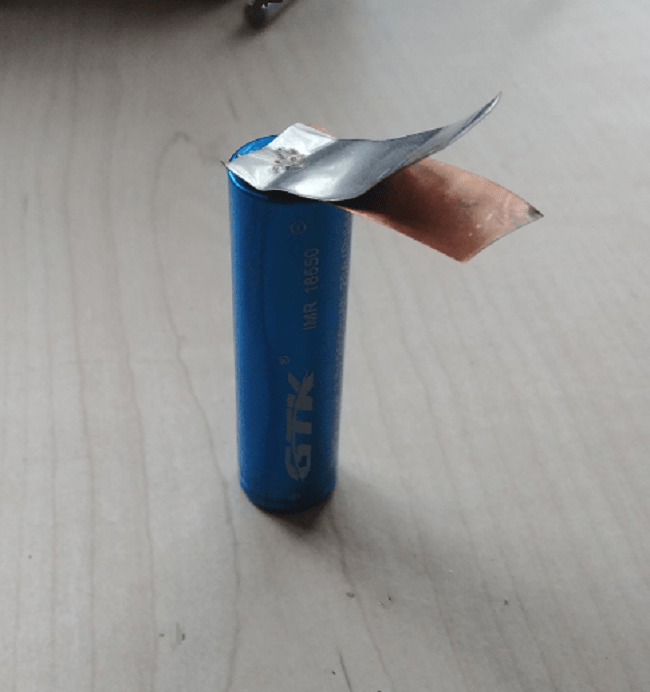LOL, thanks for the Jackie Chan pic.
In the nickel-copper "layered" pic, the nickel is only there to focus the welding current, instead of dissipating it, like a "copper only" bus would do. In fact, the nickel only needs to be a small square over the cell-ends, because a full-length strip would have barely carried any current at all, since the current would take the path of lowest resistance, which is clearly the copper.
Copper is four times more conductive than nickel, so 0.15mm thick copper would have the same current-carrying ability as 0.60mm nickel, but with less resistance or waste-heat (22% vs 100%, IACS). The copper is also a much better thermal "sponge", to absorb temporary peak cell-heat, and then dissipate it over time. Copper is also cheaper than nickel, and readily available locally (and easily cut).
https://www.bluesea.com/resources/108/Electrical_Conductivity_of_Materials
If copper is so great for using as a bus, why add any nickel at all? Pure copper alone is very difficult to weld onto an 18650 cell-tip by itself, unless you have a very expensive laser-welder like the kind some high-amp cordless tools use. In this application for nickel, a stainless steel strip would also work, along with common carbon steel sheet-metal (although carbon steel would be at high risk for rusting).



